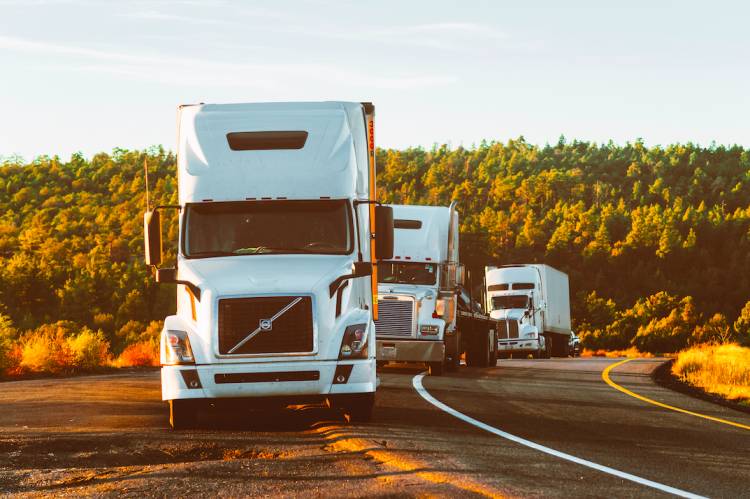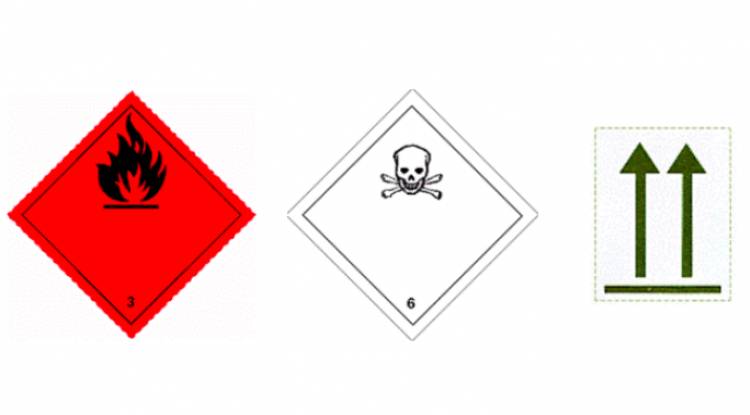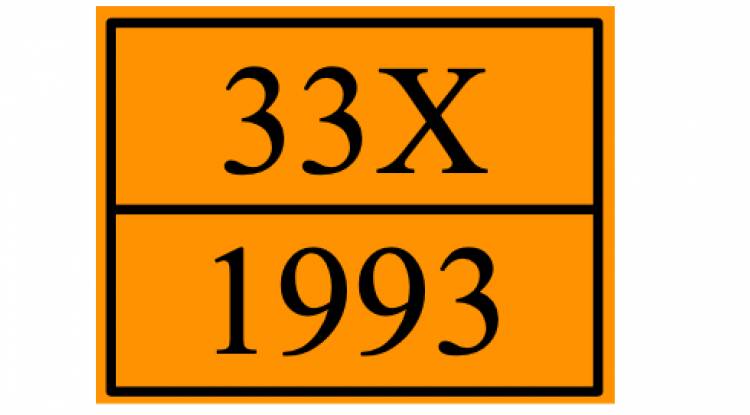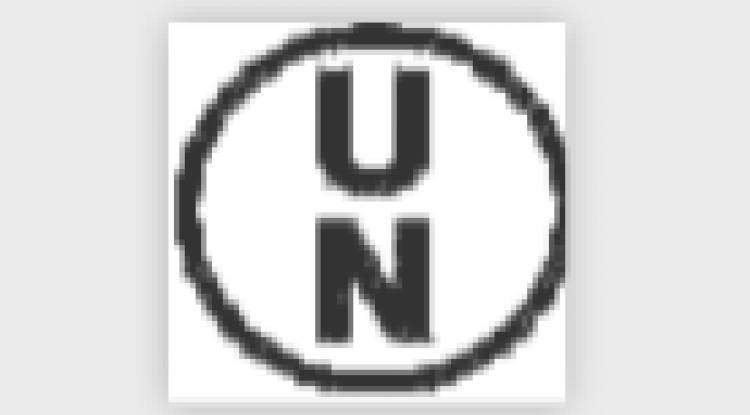Transport Requirements For Fast Pyrolysis Liquids
Transport requirements for fast pyrolytic liquids. Pyrolysis liquids are not listed on the UN approved carriage lists, therefore its own classification has been determined. All packages of any size should be clearly marked with the following information both on the sample and on the relevant transportation documents. A set of Material Safety Data Sheets (MSDS) must also accompany any samples.

By Cordner Peacocke, C.A.R.E. Ltd, UK
Introduction
As demand for fast pyrolysis liquid increases, it is important that it is transported in a safe and environmentally secure manner. The appropriate national and international regulations need to be met and it is likely that fast pyrolysis liquid will be classed as a ''dangerous'' or a ''hazardous'' substance for transportation purposes. Pyrolysis liquids are not listed on the UN approved carriage lists, therefore its own classification has been determined. The classification derived is:
UN 1993 Flammable Liquid, n.o.s., (pyrolysis liquid), 3, 1º(a), 2º(a), 1
This code is valid for pyrolysis liquids containing less than 10 wt% acetic acid. A separate classification is required for liquids with an acetic acid content higher than this, although to date, no fast pyrolysis liquids have been reported with a content higher than 5wt%.
Note that this guidance is for a generic fast pyrolysis liquid and not for fractions or derivatives thereof which may be subject to other classifications under the hazardous goods legislation pertinent to that point of departure and arrival point. Pyrolysis liquids are now registered under REACH in the EU and also have a designated CAS - EC number: 692-061-0 | CAS number: 1207435-39-9 know as, "Fast Pyrolysis Bio-oil" ([1]). Further guidance and information may be found there.
Label Requirements for Fast Pyrolysis Liquids ([2], [3])
All packages of any size should be clearly marked with the following information both on the sample and on the relevant transportation documents ([4]). A set of Material Safety Data Sheets (MSDS) must also accompany any samples.
|
Table 1 Label information for packages |
|||||
|
UN symbol: |
Substance Identification No. |
Name of Substance |
Hazard Identification No. |
Label Model Nos. |
Class and Item Number |
|
|
1993 |
Flammable Liquid [Fast Pyrolysis Liquid] |
33 |
3 6.1 11 |
3 1º(a), 2º(a), 2º(b), 3º(b), 5º(c) |

Class 3 Flammable Liquid Class 6 Toxic substances Store this way up
Label 3 Label 6.1 Label 11
Figure 1 Packaging labels. All should be used on all shipments
Table 2 Label sizes for shipments
Capacity of Package Dimensions of label
Not exceeding 3 litres if possible at least 52 x 74 mm
Exceeding 3 litres but not exceeding 50 litres at least 74 x 105 m
Exceeding 50 litres but not 500 litres at least 105 x 148 mm
Exceeding 500 litres at least 148 x 210 mm
Exceeding 3000 litres at least 250 x 250 mm
If the size of the package so requires, the dimensions of the label may be reduced, if they remain clearly visible.
IBCs [intermediate bulk Containers] are not suitable for transport, due to the potentially hazardous nature of the liquids.
In addition, for tankers, or other large bulk transport, placards are typically used for road and rail transport. The placard dimensions are typically a minimum of 30 cm high by 40 cm wide, numerals to be a minimum of 10 cm high. The requisite codes for a placard is:
|
Substance Identification No. [Lower part] |
Name of Substance |
Hazard Identification No. [Upper part] |
|---|---|---|
|
1993 |
Flammable Liquid [Fast Pyrolysis Liquid] |
33X |
Placard for large quantities [> 500 l] is shown below, with the correct transportation codes:

Figure 2 Placard for transportation in containers and bulk carriage
For further information, please contact:
Cordner Peacocke
Conversion And Resource Evaluation Ltd.
Tel: +442890424864
Internet: http://www.careltd-thermal.co.uk/
Email: cpeacocke@care.demon.co.uk
References
[1]. See https://echa.europa.eu/registration-dossier/-/registered-dossier/12235/1
[2]. United Nations Recommendations on the Transport of Dangerous Goods Model Regulations, 11th Revised Edition, ISBN 92-1-139067-2, January 2000.
[3]. A. Oasmaa, D. Meier, G.V.C. Peacocke and S. Gust, ''Norms and Standards for Pyrolysis Liquids. 1. End-User Requirements and Specifications'', Energy & Fuels; (Article); 2005; Vol 19, No. 5, p. 2155-2163.
[4]. A. Oasmaaa, A. Källi, D.C. Elliott, S. Mller, J. Keiser, C. Peacocke, D. Chiaramonti, "Guidelines for Transportation, Handling and Use of Fast Pyrolysis Bio-Oil. 1. Flammability and Toxicity", Energy & Fuels, 2012, 26, p. 3864-3873.
















